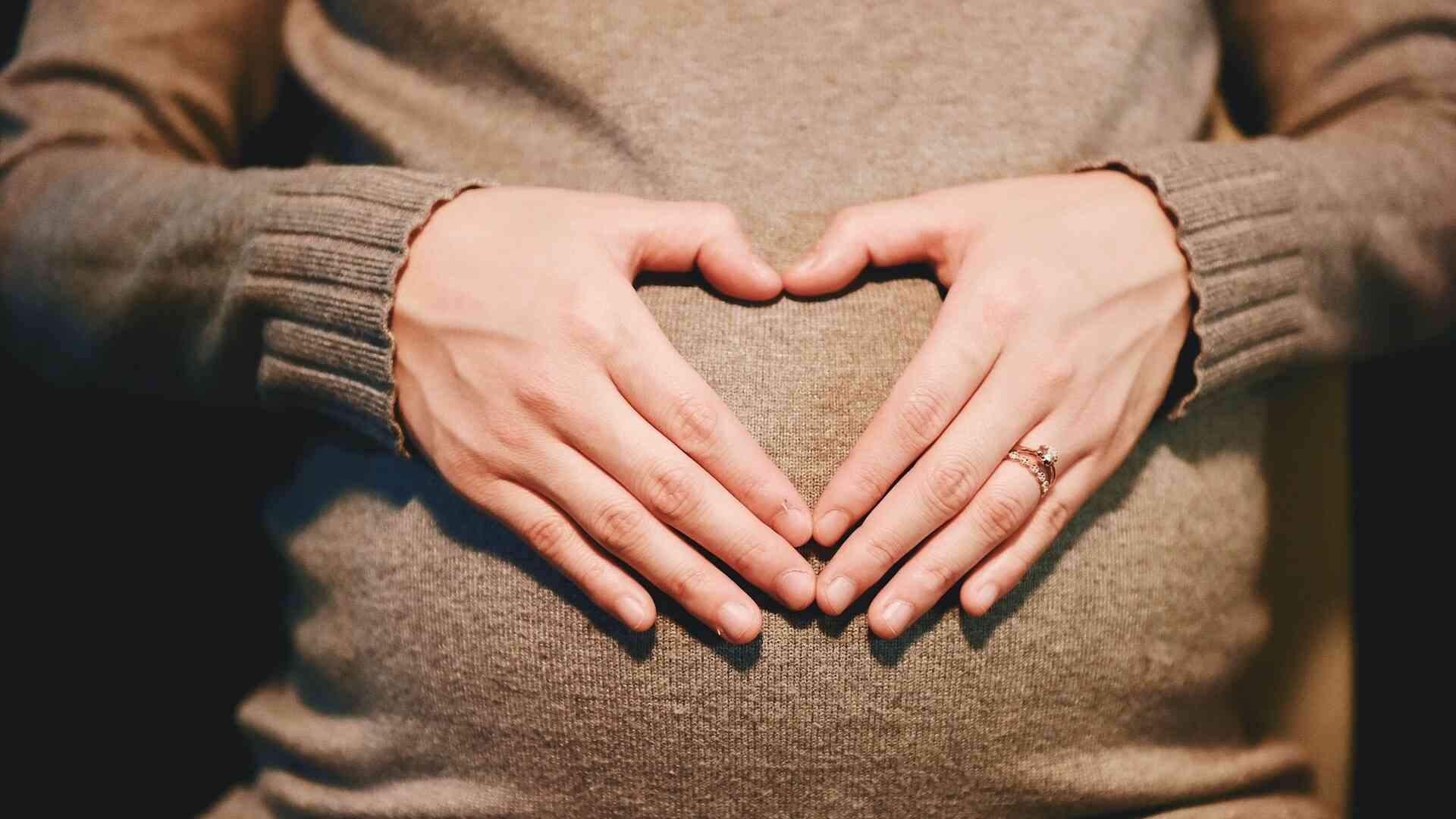Sensory Processing Starts in the Womb

During a typical evaluation, I will ask parents the client’s pregnancy and birth history. Questions include whether there were prenatal or birth complications, if the child was born more than 2 weeks early or two weeks late, and if they required time in the NICU prior to discharge. While all of this information is important and pertinent to care, I am most excited about the extra information I get. Like when a mother will tell me how her baby was positioned in the womb and how it affected their movement as a newborn. Or when a mother tells me their child hated when she wore tight clothing, and are now very avoidant to any and all types of sensory input. I wholeheartedly believe that paying attention to our baby’s movement and patterns in utero can clue us in to their behaviors after birth.
When explaining sensory processing, I often start by explaining that there are three primitive senses that are formed first in utero: proprioception, tactile, and vestibular processing. These sensations are formed in the hippocampus, hypothalamus, thalamus, and amygdala. Also known as the limbic system. The first of these sensations is the vestibular system. The vestibular sense is our ability to interpret movement and head position, so you know I was pumped when my baby was head down at 32 weeks. It is also integral in oculomotor development (visual skills) and auditory processing skills. Throughout gestational development, exercising, talking to your baby, and listening to music can help develop this system.
While uterine development is important, the baby will develop thousands of synapses in the brain through the first weeks and months of life. This is why movement is key for your littles. Rolling from side to side while changing diapers, dancing while holding your baby, and baby wearing are all ways to promote vestibular development. As your baby develops, you will literally be able to see the vestibular system at work, such as when your baby gains head control and learns to sit up against gravity.
Proprioception is the way our muscles, tendons and joints work together to tell us where our body is in space. It is very important for body awareness and motor development. In utero, our babies are given constant proprioception by squeezing into that tiny space, a womb. They kick and punch (and we feel it!) against the uterine walls and receive so much input and information about their bodies. Providing proprioception is calming for most people and babies. It is essential for babies to grow and develop muscle tone. Our babies are seeking proprioception naturally through development, like when they finally learn to push up on their hands during tummy-time and when they kick their feet against their toys.
Tactile processing is so important for our babies to grow and understand their environments. It is essential in developing fine motor skills. Like proprioception and vestibular input, our babies are privy to endless tactile input in utero. Once they are a few months old, they attempt to reach and grasp for objects and bring them straight to their mouths where the sensation is more intense and gives babies more information about what they are feeling. Mouthing toys becomes essential for developing oral motor skills necessary for eating later on.
Sensory development is so important for motor development, regulation and understanding our environment. It starts in the womb and continues throughout the lifespan. Providing foundational sensory processing skills is essential for infant development.
